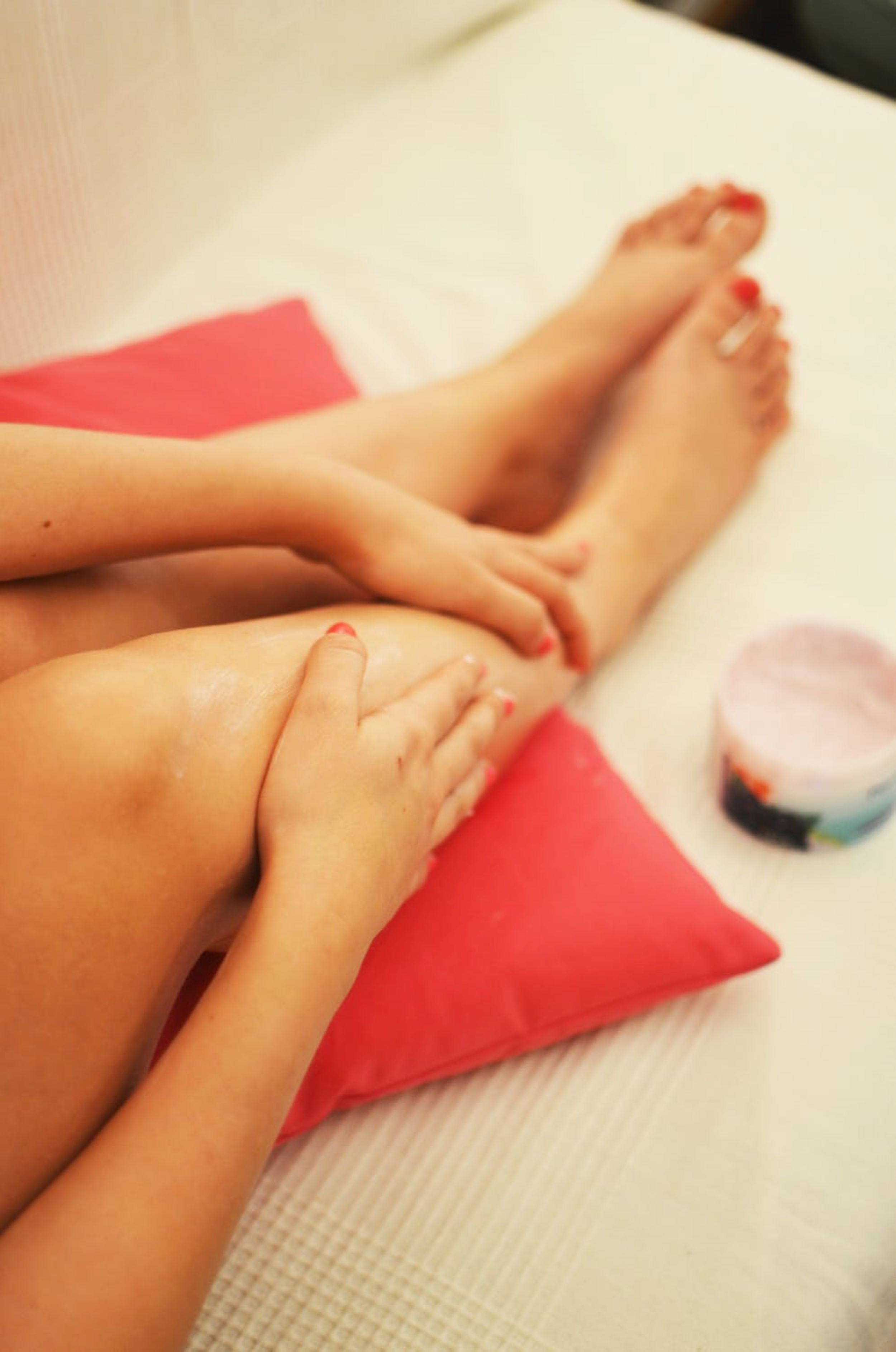
Why Should You See a Dermatologist?
Dermatologists treat skin problems that range from mild irritations to quite serious diseases. In some cases, common conditions that affect the skin can be hazardous to your health or even life-threatening if left untreated. You should consider seeing a dermatologist if you suffer from any of the following conditions, among others:
Acne: Acne is caused by oil trapped in ducts beneath your skin. On your face alone, 15,000-20,000 oil glands work to keep the skin elastic and soft. When the oil cannot rise to lubricate the surface of your skin, it builds up in the ducts, bacteria grow, and inflammation occurs. Acne is most common among teenagers, but it can start or continue into adulthood.
Psoriasis: This genetic condition is characterized by red, scaly patches on the skin. The scalp, elbows and knees are commonly affected, although it can surface anywhere. Arthritis is associated with this rash in 40% of psoriasis patients. Topical creams and ointments are successful in controlling small areas of psoriasis. More severe cases can be treated with ultraviolet light or systemic medications.
Contact Dermatitis: Many substances in the environment react with our skin. Some are found in plants such as poison ivy. Chemicals found in clothing, jewelry, creams and perfumes may cause direct irritation or stimulate an allergic response. The affected skin becomes tender or itchy and, in extreme cases, blisters may appear. If the offending chemical is unknown, allergy testing may be able to identify the cause.
Eczema: This is a chronic condition in which the skin becomes itchy, reddened, cracked and dry. It affects both males and females, as well as people from different ethnic backgrounds. This condition can affect children, teens and adults. Dr. Holy offers many treatment options for relieving eczema.
Warts: These are skin growths caused by a virus. The virus causes the top layer of skin to grow rapidly, forming a wart. Warts can grow anywhere on the body and are most common in children and young adults.
Sun Damage: Overexposure to the sun can cause a variety of skin conditions, not just sunburns, wrinkles or skin cancer. You may also experience uneven pigmentation, lentigines (also referred to as age spots or liver spots), labial lentigo (a dark brown lesion that develops on lips) and solar elastosis (a breakdown of collagen and connective tissue which causes the skin to sag). Dr. Holy can effectively diagnose and treat existing sun damage and help you prevent future damage.
Atypical Moles: These most commonly appear on the back but may appear anywhere on the body, including below the waist, on the scalp or other areas. They may fade into surrounding skin and include a flat portion that is level with the skin surface. They may be smooth, slightly scaly or have a rough, irregular appearance. Atypical moles are usually not present at birth but develop some time later. Several types of atypical moles are known to develop before melanoma. Atypical moles are the most common precursor, but not all atypical moles develop into melanoma. It is important to have Dr. Holy examine any mole that you feel is suspicious or is changing.
At THE CENTER for Advanced Dermatology in Phoenix, we offer treatment options for a wide variety of dermatology skin problems that may affect you. Contact us today at 602-867-7546 or website to schedule an exam.











